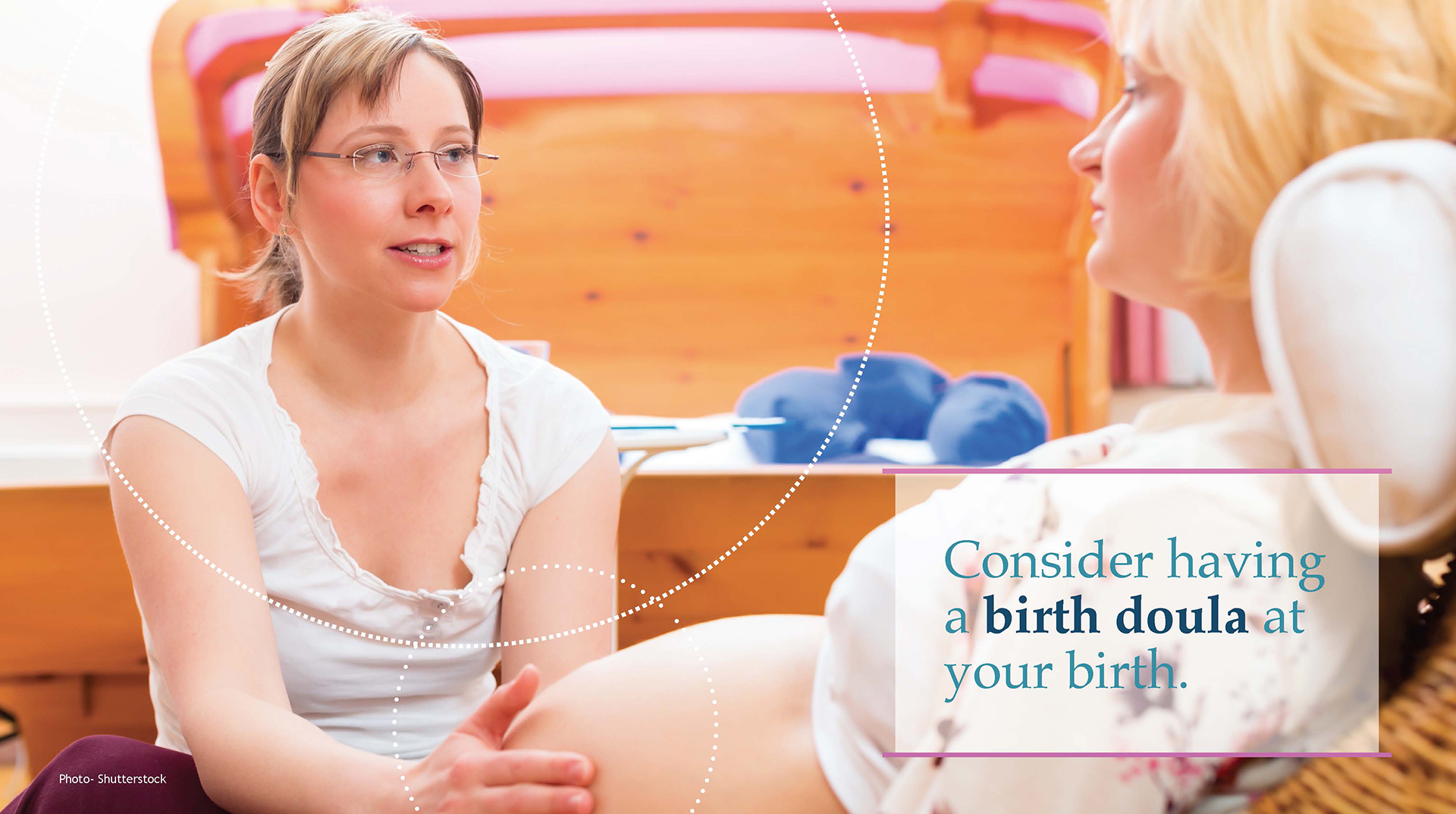Failure to progress, abnormal fetal heart rate, malposition, and “big” baby are the four main reasons for the first cesarean. These complications can often be avoided by the kind of care that women receive prenatally and during labor and birth.
The American College of Obstetricians and Gynecologists (ACOG), the American College of Nurse-Midwives (ACNM), and the Association of Women’s Health, Obstetric and Neonatal Nurses (AWHONN) agree, “Many common obstetric practices are of limited or uncertain benefit for low-risk women in spontaneous labor…Rather than label a woman as low-risk or high-risk, the goal is…to ensure that the obstetrician-gynecologist or other obstetric care provider carefully selects and tailors labor interventions to the requirements and the preferences of the woman in labor.” 
The following evidence-based, recommendations from Approaches to Limit Interventions During Labor and Birth ACOG’s Committee Opinion (Number 687, February 2017) will help to facilitate physiologic birth (normal progress of labor), avoid unnecessary interventions that can complicate labor, and respect women’s own preferences for how they want to give birth.
- During pregnancy, learn all you can about labor and birth and write down your preferences for how you would like to be cared for in labor and birth.
- Consider having one-to-one labor support such as a doula.
- Consider taking a childbirth class where you can learn about how to spend you time at home in early labor, different comfort measures, and positions to make you more comfortable for active labor birth.
- Stay home until you are in active labor (about 6cm dilation).
- Ask about being monitored intermittently with a hand-held device such as a doppler instead of an electronic fetal monitor.
- Drink clear liquids to keep up your energy rather than using an IV.

Pregnant woman during natural water birth.
- Consider using non-drug methods of pain relief. There are many options for you.
- Stay upright and use different positions for labor such as walking, kneeling on hands and knees, lying on your side, and resting on a birth ball.
- Avoid an amniotomy (artificially breaking the bag of waters).
- When you reach full dilation (10 cm) you many not feel the urge to push. Your baby will move down as you are resting, so wait for the urge to bear down.
- Push using an upright position or on your hands and knees, whatever makes you comfortable at the time.
- Ask to have your baby skin-to-skin after birth it will help you to begin breastfeeding, and ask your caregivers about delaying the cutting of your baby’s umbilical cord.
- Let your caregivers know what you need and how they can help you to have a safe and satisfying birth.
Although these midwifery-led recommendations have been known to many caregivers and women prefer them to routine interventions, it will now be much easier to get the support you need form all maternity care providers.
Resources 
To find out more about these recommendations and why they are important for a safe birth link to Childbirth Connection’s Fact Sheet on limiting interventions in labor and birth.
To find out more about avoiding labor complications that can lead to a cesarean, non-drug options for pain relief, and different positions for labor and birth download Modules 4, 5, and 6 of the VBAC Education Project.






0 Comments